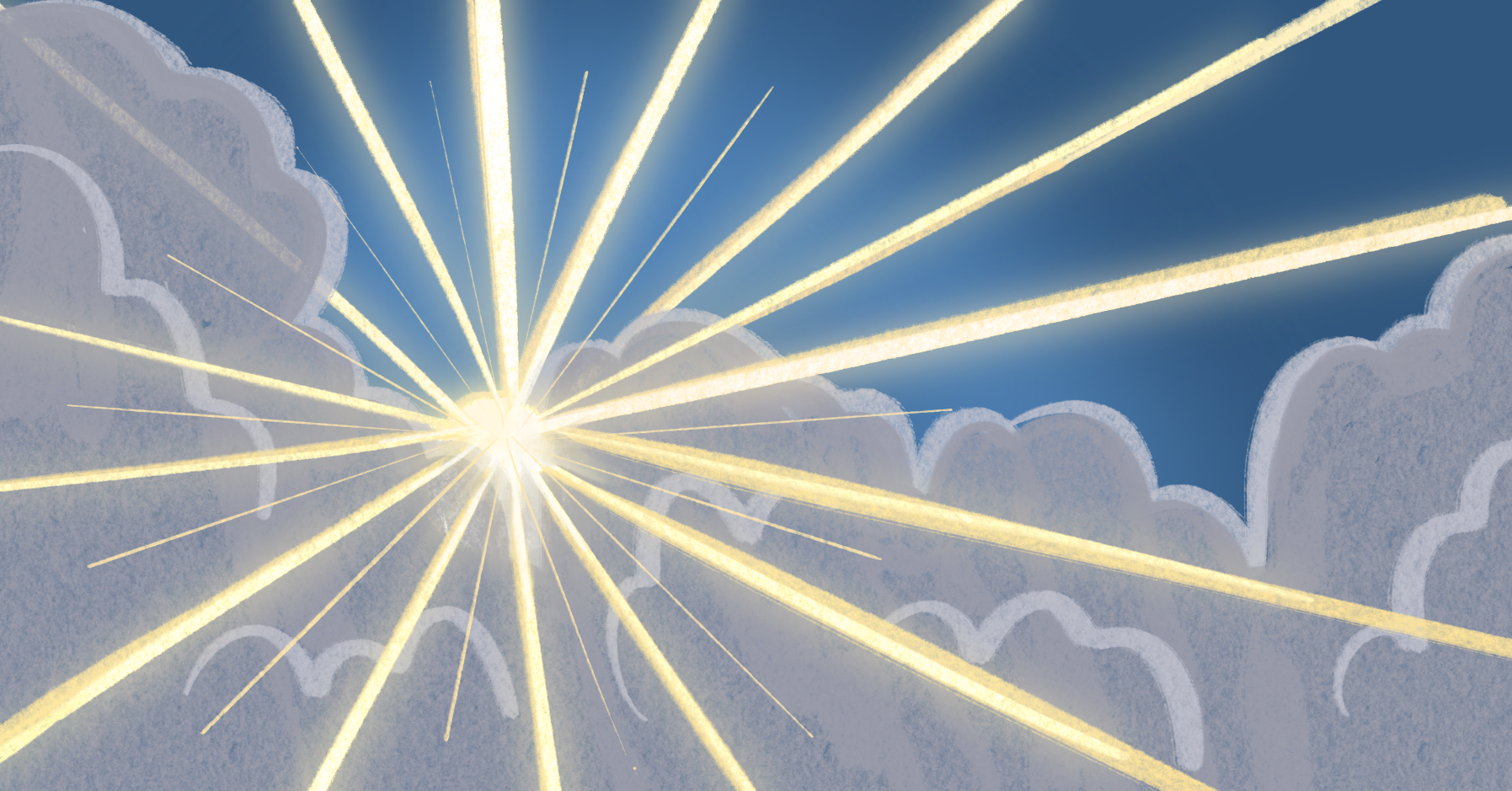How vitamin D levels relate to seasonal affective disorder and depressive symptoms
How sun exposure influences your moods and the relationship between seasonal depression and vitamin D.
Ever get the feeling when you wake up in the winter, the sun is on your face and you’ve got a long day ahead of you, but your body is just glued to the bed? And by the time you muster up the energy to leave your room to go about your day—you blink—and the sun is gone again. The days feel shorter, and your energy is at an all-time low. You long for the summer days to be back and wish the dreadful winter would be over soon. And, you wonder, why do I feel happier in the summer? Is it the sun? Is it the summer fun?
The short answer is yes. The sun has a lot to do with our moods, especially when our exposure to the sun changes drastically in the summer compared to the winter days. On average, North America gets about 15 hours of sunlight per day in June, when daylight peaks. This is about 50 per cent more than the average of 10 hours in the winter. This substantial 50 per cent drop in the duration of sunlight has led to seasonal affective disorder (SAD) in certain individuals—which is more chronic and debilitating than the common “ winter blues.”
SAD is categorized in the Diagnostic and Statistical Manual of Mental Disorders (DSM-5) as a subtype of a depressive disorder—one with a seasonal pattern. The condition is marked by recurrent depressive episodes that occur at certain times of the year, most commonly during fall or winter and often remitting in the spring and summer.
“I find myself sleepy the whole day. Like my body is tired. But when I sleep, I still feel tired the next day. And I just feel like staying home with no motivation to do anything,” Catherine Lam, a third-year English major at the University of Toronto Mississauga (UTM), said when asked about her thoughts on the winter blues. What Lam described is what most people feel during the winter: a decrease in motivation, a lack of energy, and disrupted sleeping patterns. But that isn’t enough to be categorized as SAD.
For an individual to meet the criteria for SAD, the DSM-5 lists a few diagnostic criteria. Depressive episodes must coincide with certain seasons, be recurrent for more than two years, cause distress, and impair daily functioning. Additionally, remission happens with the specific seasons as well. That means depressive symptoms improve or fully recover when a new season or a specific time of the year arrives. A person who has depressive symptoms that reoccur during winter and remiss in the summer for more than two years may then be diagnosed with SAD.
Now, why is SAD so prevalent in the population during the winter months? One cause of SAD is said to relate to lower sunlight exposure during the winter. Lower sunlight exposure influences cognitive functions in a dose-response relationship. In this case, when there is less sunlight, more melatonin is created in the body. Melatonin is the hormone that keeps you sleepy at nighttime, which explains why you feel so exhausted during the day in the winter months. Your body feels tired, and thus, you feel groggy and unmotivated even when you feel that you should be wide awake.
Another cause of SAD’s prevalence could be due to an individual’s vitamin D levels during the winter months. Sunlight is the main source of natural vitamin D. Our skin absorbs the UV from sunlight and converts it into vitamin D in our bodies. With lowered exposure in the winter, our bodies can’t naturally absorb as much UV for vitamin D production.
A lack of vitamin D, or a vitamin D deficiency, leads to a plethora of problems—one being elevated symptoms of anxiety and depression.
Even if most of our symptoms may not reach the threshold for a SAD diagnosis, the winter blues still affect most of us in different ways. We can’t change how long the sun stays in the sky, but there are other ways for us to fight the blues. Students can choose to sit near a window while studying on campus. UTM boasts many buildings with natural light-centred designs for students to enjoy. Whether it is the MN Building or the library, students can find spots where they can enjoy the sunlight even during the winter. Students can also bring up their concerns about their vitamin D levels and get their blood work done by their family doctors to determine whether they need any treatment or supplements.
UTM has a clinic in the Davis Building that students can visit. However, if students are experiencing symptoms of depression, it’s important to talk to a healthcare provider or reach out to the UTM Health and Counselling Center at 905-828-5255. They provide counselling and care for students in need.
Features Editor (Volume 50) — Louis graduated from UTM with a Bachelor of Science double majoring in Psychology and Professional Writing and Communication. He is currently in the field of UX/UI design, conducting research on how to improve user experience in apps and websites, designing websites for companies that are looking to branch online. As the Features Editor for Volume 50, Louis wants to bring the experience of reading enjoyable and informative for everyone. He hopes to showcase student voices and empower them through editing. When Louis is not at his computer designing websites or writing, he is opening Pokémon card packs chasing the Charizard or at the gym training his mind and body.


